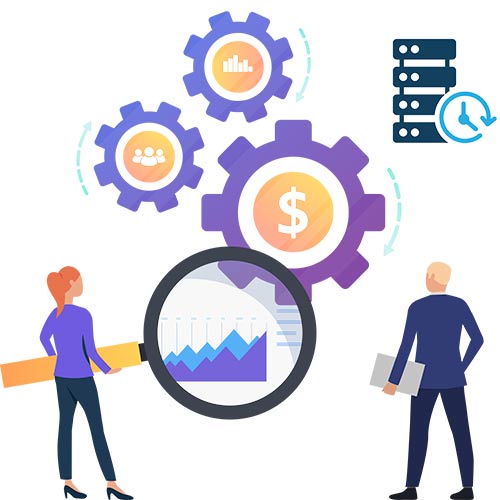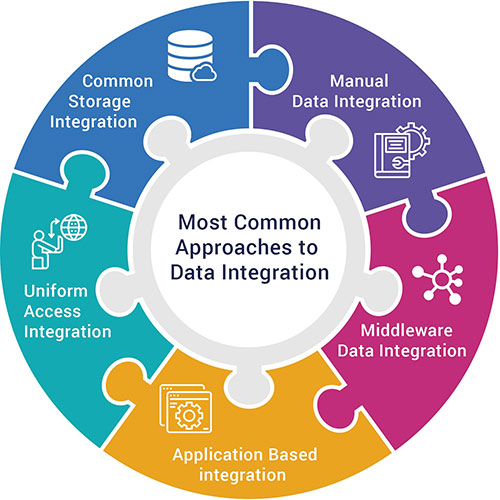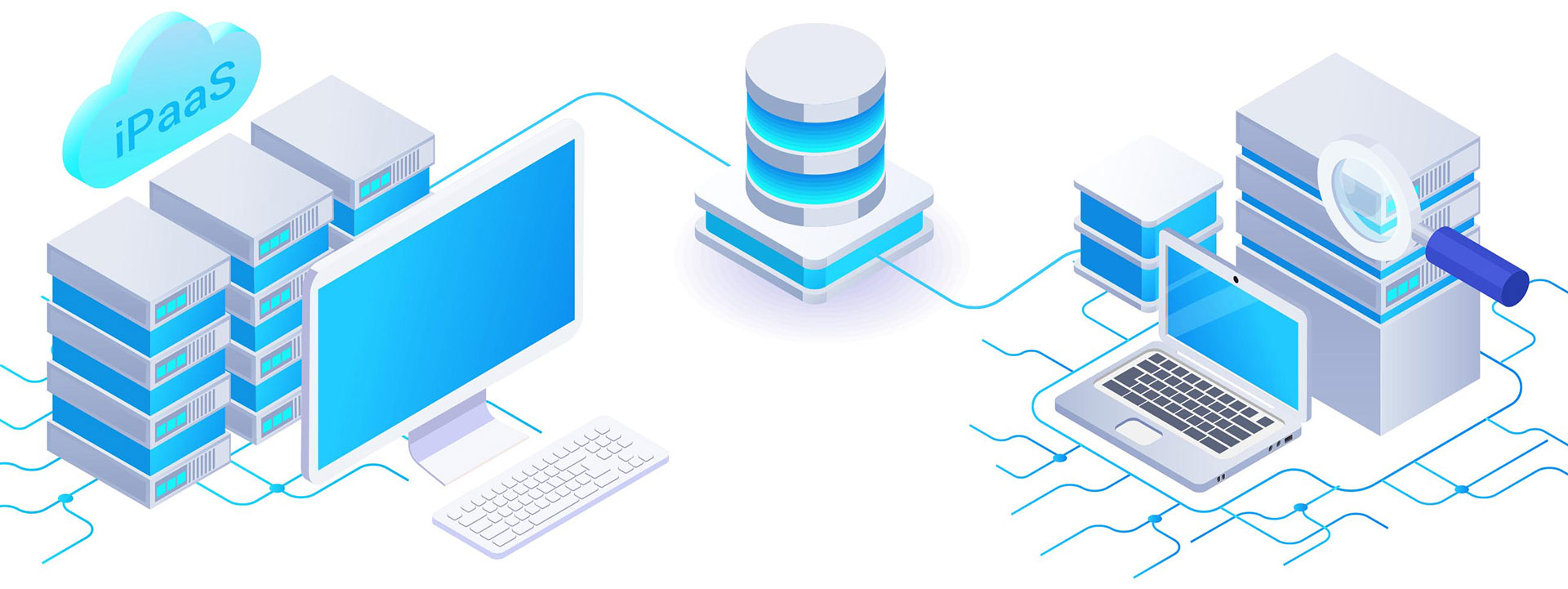In today’s environment, business organizations rely heavily on data to make complex decisions to meet ever-changing business requirements. They may also use different applications that might have been developed by different vendors using different technologies.
How to Connect and Automate with iPaaS
Hence the need to combine the data and the ability to work together requires the need for data integration technologies or more commonly known as iPaaS.
Need for Data Integration
Tools and technologies of the past are not sufficient to meet the needs of present-day businesses. Conventional integration structures incorporate a blend of single-reason tools for extracting, changing, and stacking data between on-premises databases and application frameworks. They work fine where the scope of work is limited but in present-day scenario data integration frameworks must help associations with multiple data sources and focus on a wide assortment of working situations both on-premise and in the cloud.

Data must be fit for ready to use, from any source, at any speed, and the outcomes must be pushed to one or different objective frameworks immediately. Conventional on-premises solutions battle to fulfil these ever-developing requests. iPaaS means to address the data integration needs of a business that is hoping to coordinate data and applications not exclusively to modernize its IT framework, yet in addition to quicken the turn of events and innovative solutions to empower digital transformation.
A business may be required to consolidate data from their CRM frameworks, web traffic, analytics, financial systems, sales showcasing activities concerning each other. Conducting all these operations as efficiently as possible highlights the need for data integration. It also showcases the major benefits of a well-thought-out approach to data integration.
Most Common Approaches to Data Integration
Manual Data Integration is essentially the procedure by which an individual client physically captures data from different sources, checks them, and consolidates it into one distribution center. This is exceptionally wasteful and conflicting and looks bad for everything except the littlest of associations with negligible data assets.
Middleware Data Integration is an integration approach where a middleware application goes about as a go-between, assisting with normalizing data and carrying it into the ace data pool. (Consider connectors for old electronic gear with obsolete association focuses). Heritage applications regularly don’t play well with others. Middleware becomes possibly the most important factor when a data integration framework can’t get to data from one of these applications all alone.
Application Based integration refers to integration wherein programming applications find, recover, and incorporate data. During integration, the product must make data from various frameworks perfect with each other so they can be transmitted starting with one source then onto the next.
Uniform Access Integration is a kind of data integration that centers around making a front end that causes data to seem reliable when gotten from various sources. The data, notwithstanding, is left inside the first source. Utilizing this technique, object-situated databases the executives’ frameworks can be utilized to make the presence of consistency between various databases.
Common Storage Integration can be described as a way to deal with capacity inside data integration. A duplicate of data from the first source is kept in the incorporated framework and handled for a bound together view. This is against uniform access, which leaves data in the source. This approach is the hidden standard behind the conventional data warehousing solution.

Data Integration with iPaaS (Integration Platform as a Service)
Many companies and organizations have turned to iPaaS for integration needs. Having the right data in the right format helps in making the integration process quicker and smoother. It also adds value to the business. iPaaS also overcomes the shortcomings of traditional integration approaches. It not only allows an organization to connect multiple data sources but also supports multiple data formats completely out of the box. iPaaS have the ability to support both on-premise and on-cloud applications and often can be deployed in a very short period thus minimizing cost and time taken to deploy a project. Today we’ll be taking a look at how to connect and automate integration using a leading iPaaS service call eZintegrations™.
eZintegrations™ is a cloud-based iPaaS that allows data to be integrated in a plug n play manner without any additional infrastructure. The solution has the ability to connect on-premise or any other cloud-based app without any technical requirements or coding and allows the user to deploy the integration in a minimum possible time. It’s cloud-based hence it doesn’t require to be any infrastructure to be deployed at the user end. It’s scalable and almost integrates data in real-time.

To Successfully Implement iPaaS a User Needs to Know Three Things.
- Data Source
- Data Target
- Creating Integration Bridge
The benefit of using a cloud-based iPaaS such as eZintegrations™ is that everything is pre-configured and requires minimal information from the user end to successfully create a data integration even if the applications don’t support each other. For eg., Salesforce and NetSuite Although they don’t support each other natively but data from salesforce can be used by NetSuite to automate some of the tasks such as tasks related to Quotes, Order Information, Client Billing. These tasks will have to be done manually and that can lead to wastage to time and resources. With eZintegrations™, the data can be connected and integrated automatically without any difficulty.
Here We Also Take a Look at How Data can be Integrated From Salesforce to Snowflake Datawarehouse
eZintegrations™ iPaaS is not only easy to implement but also robust to meet all the integrations needs ranging from small to large organizations. iPaaS not only solves the data integration needs but goes one step ahead to ensure a smooth workflow reducing waste of time and resources on manual tasks.
